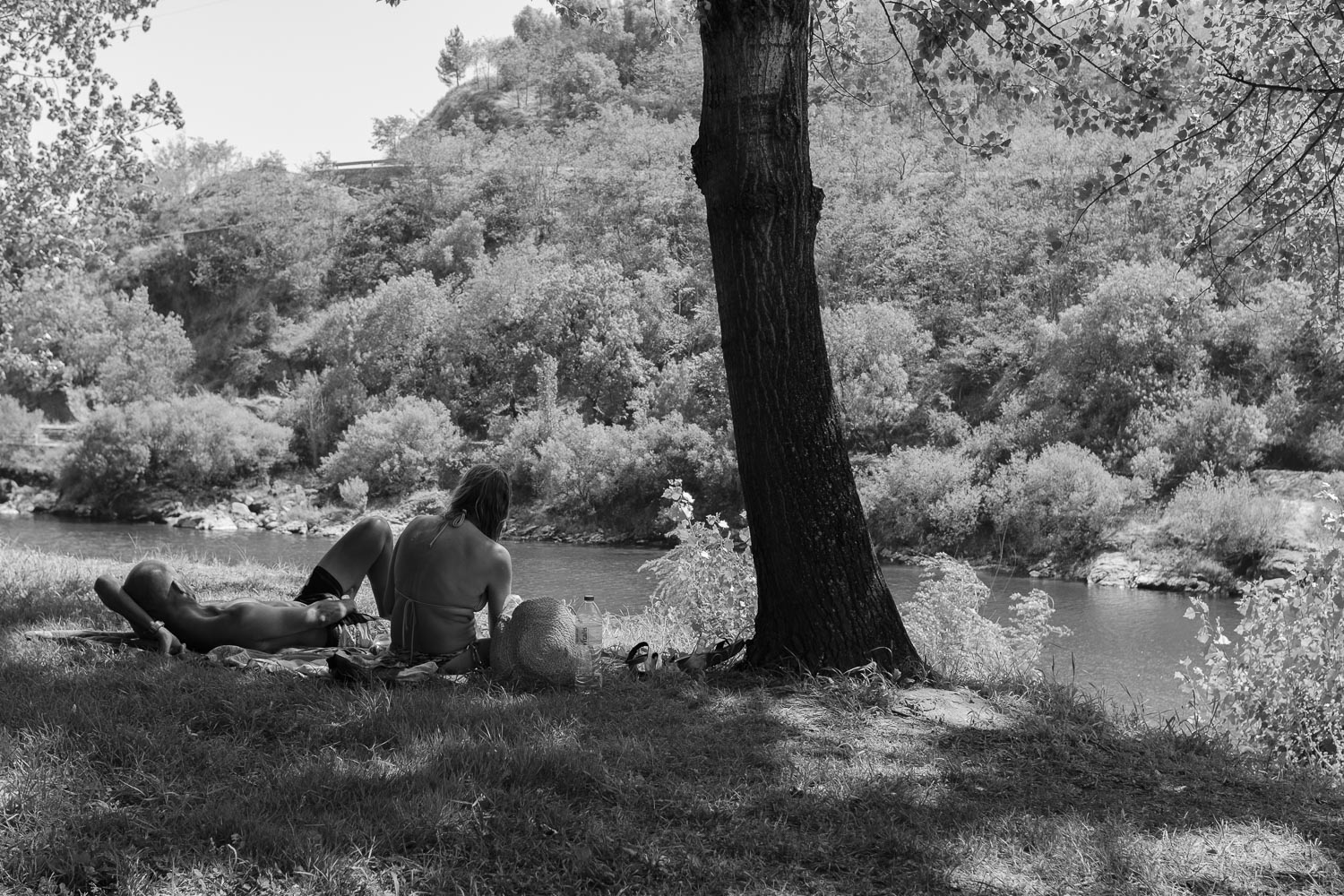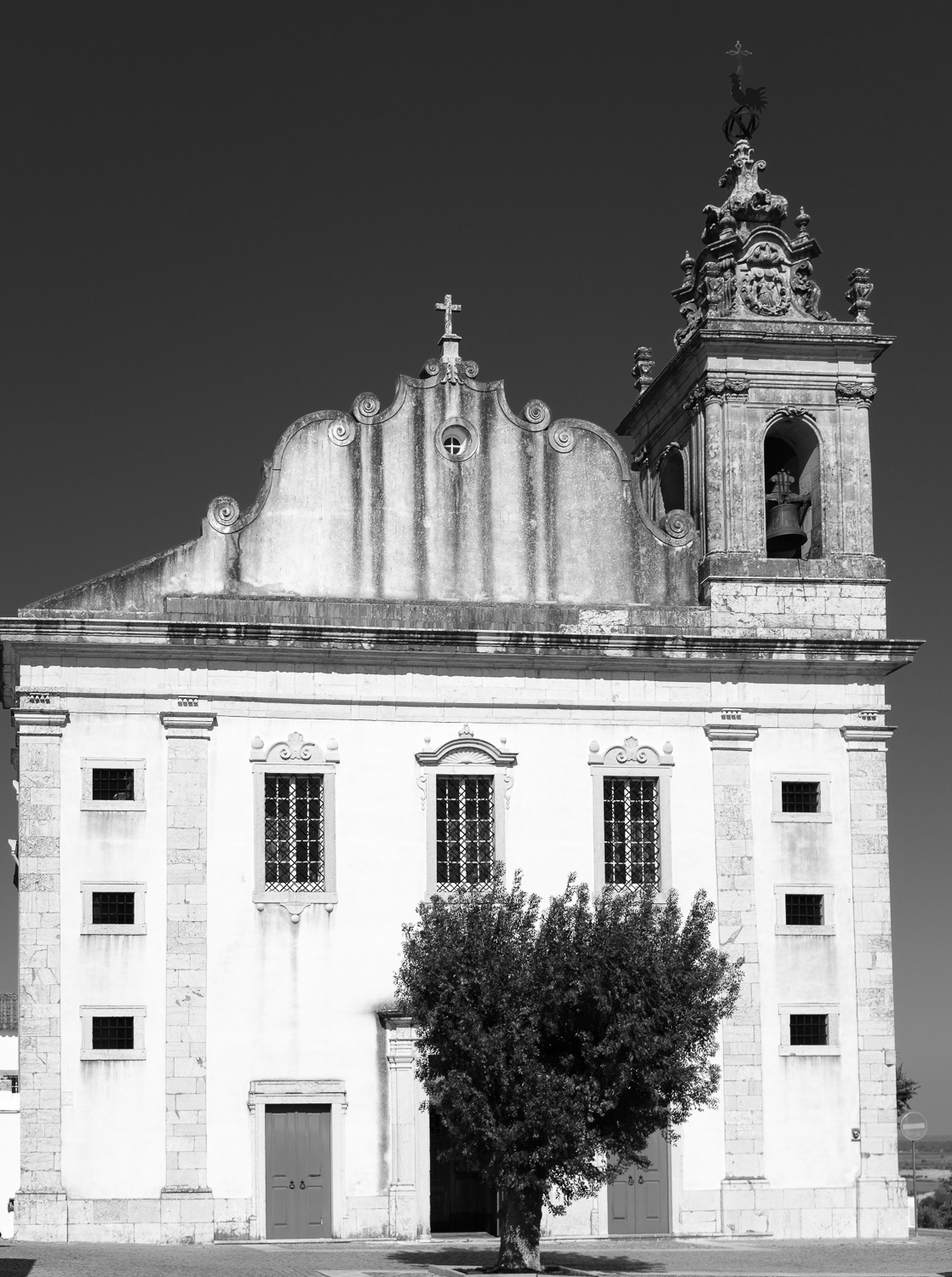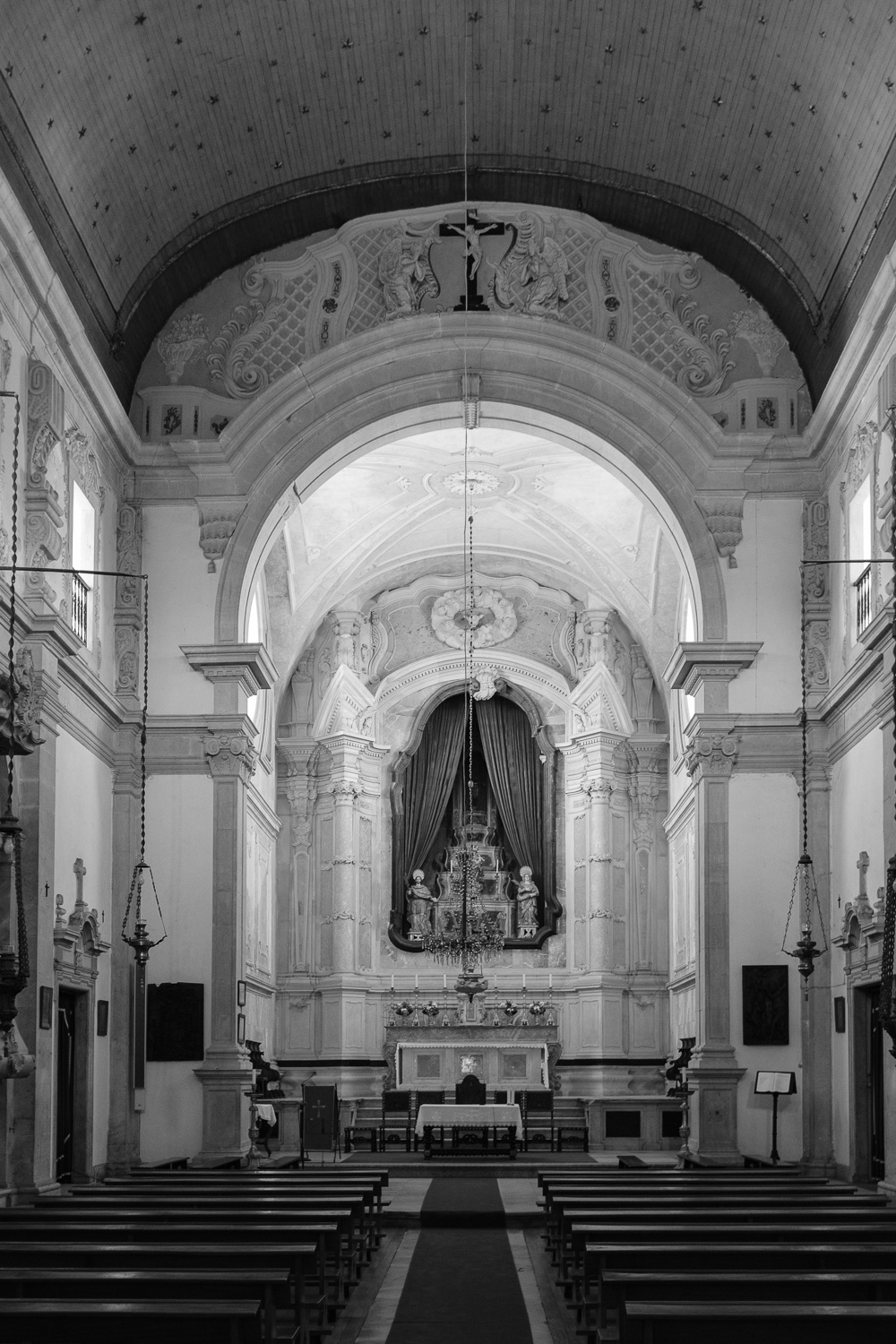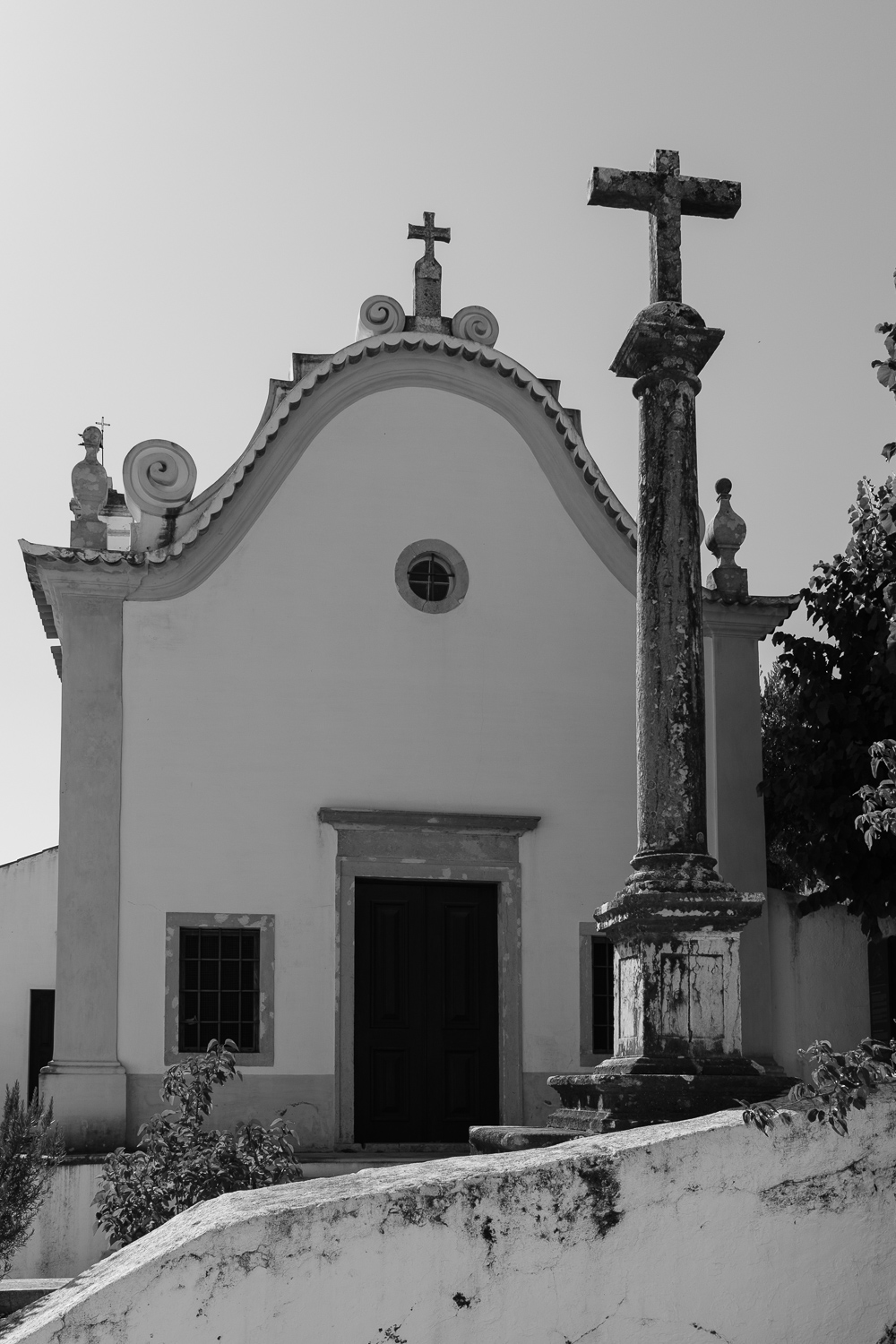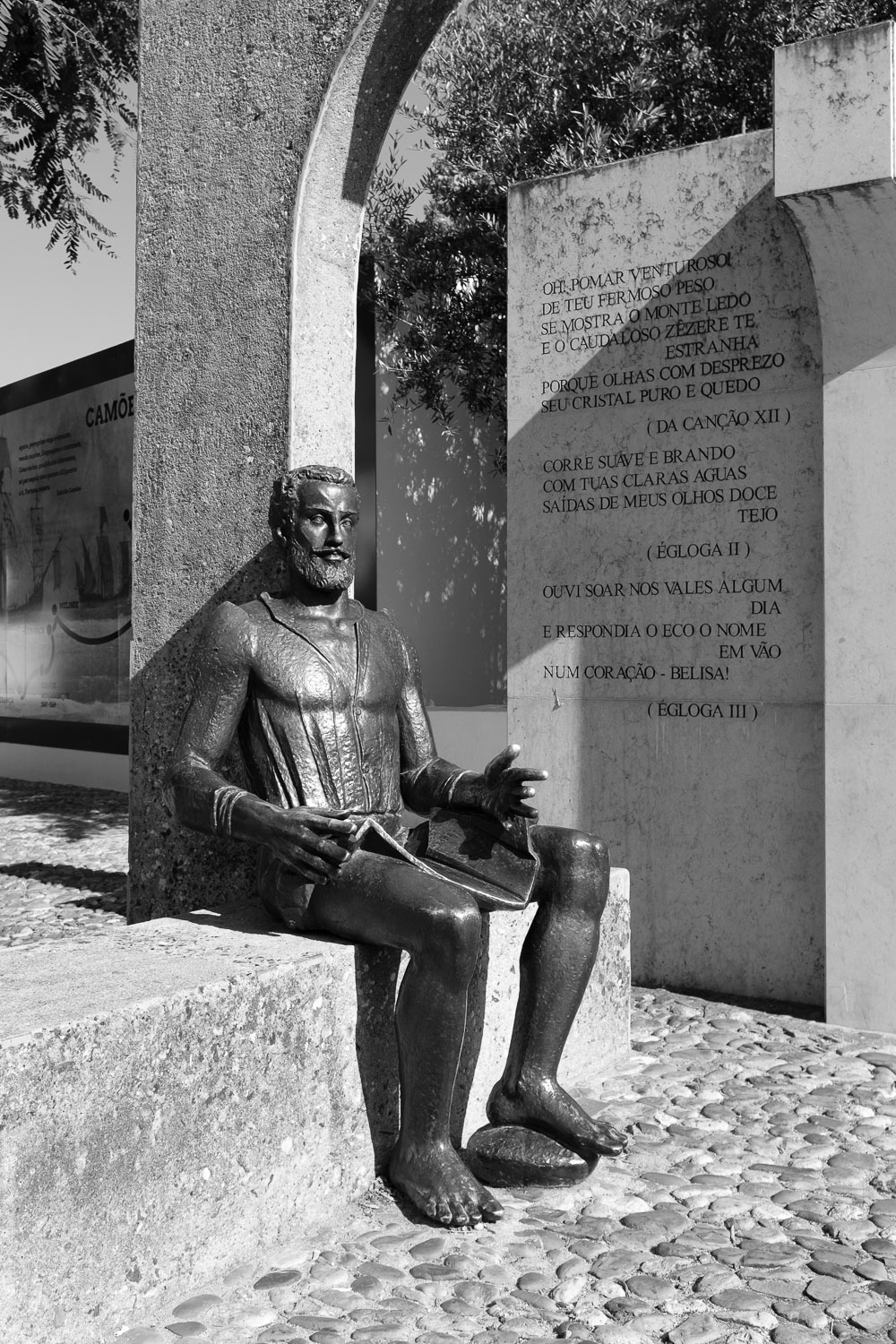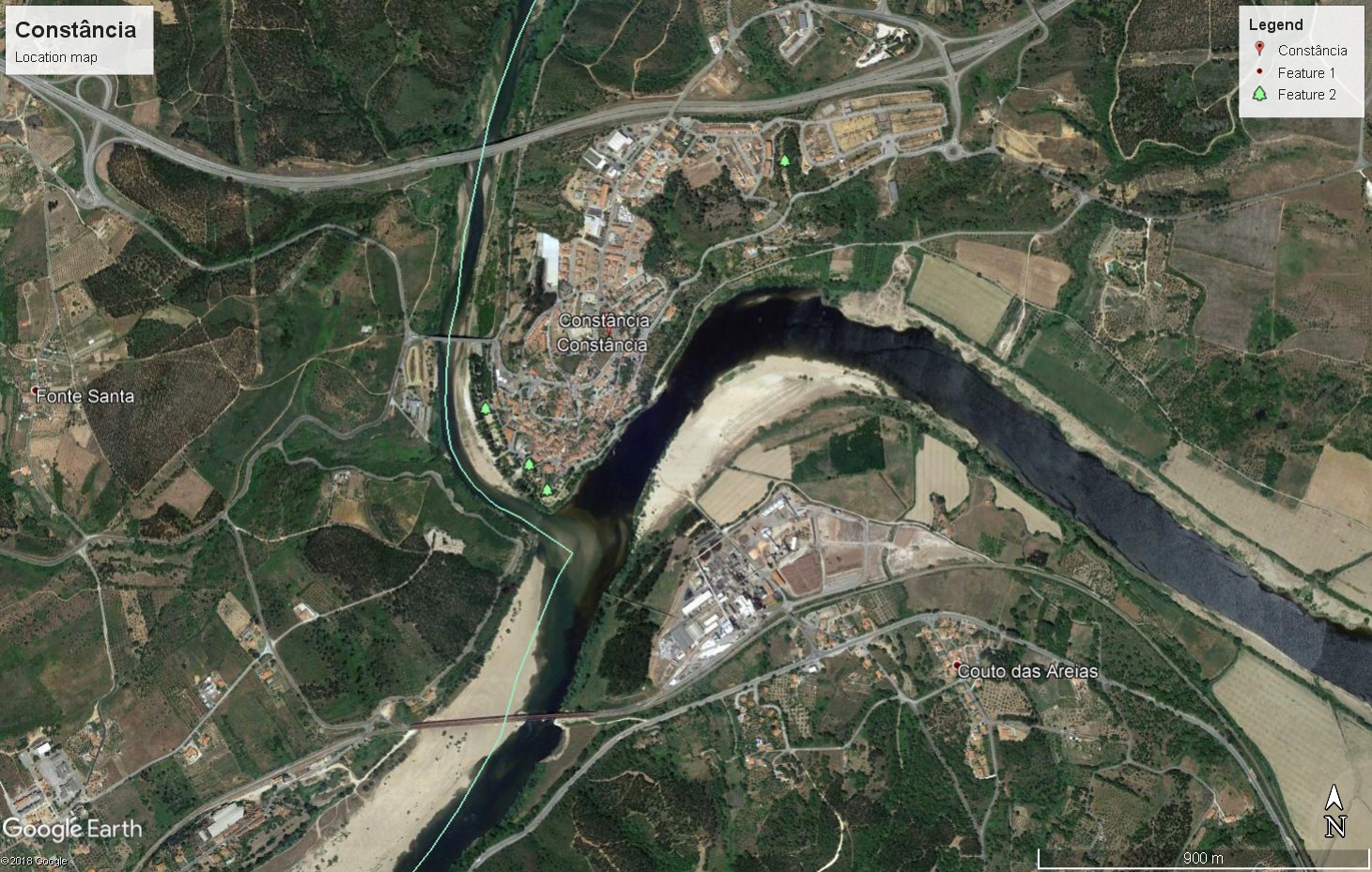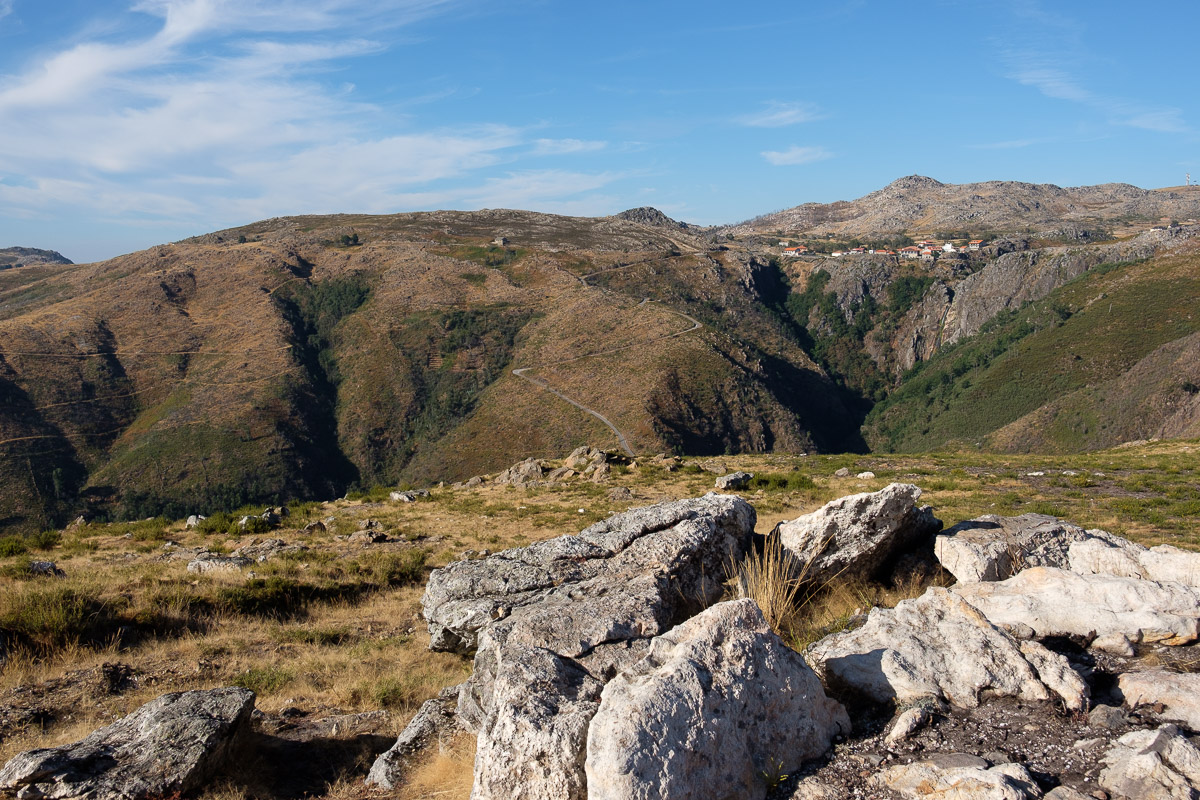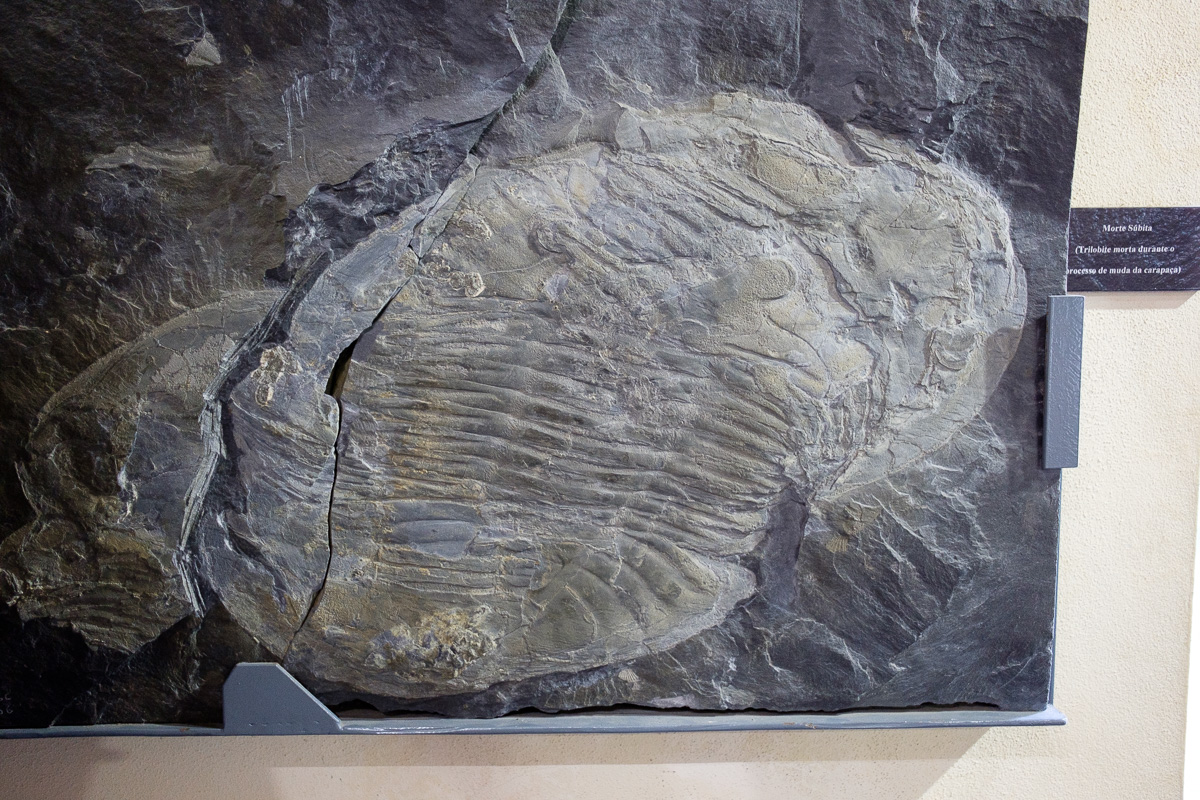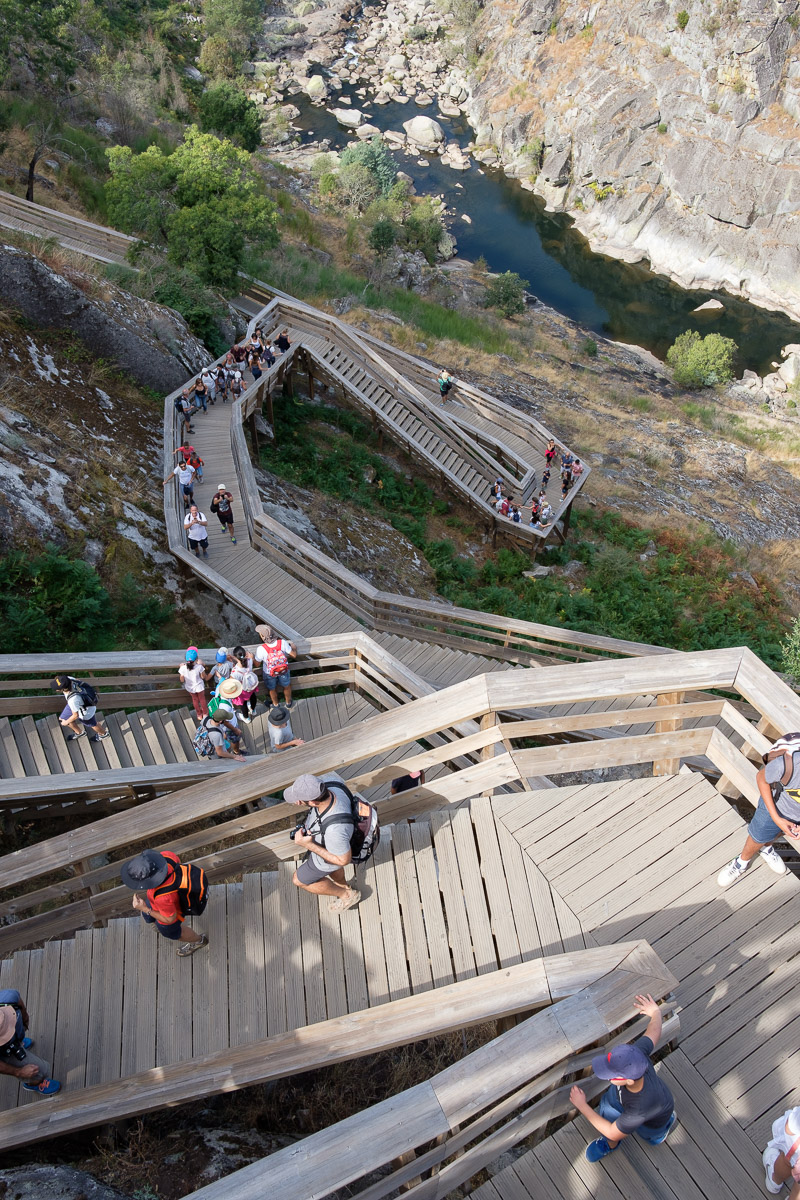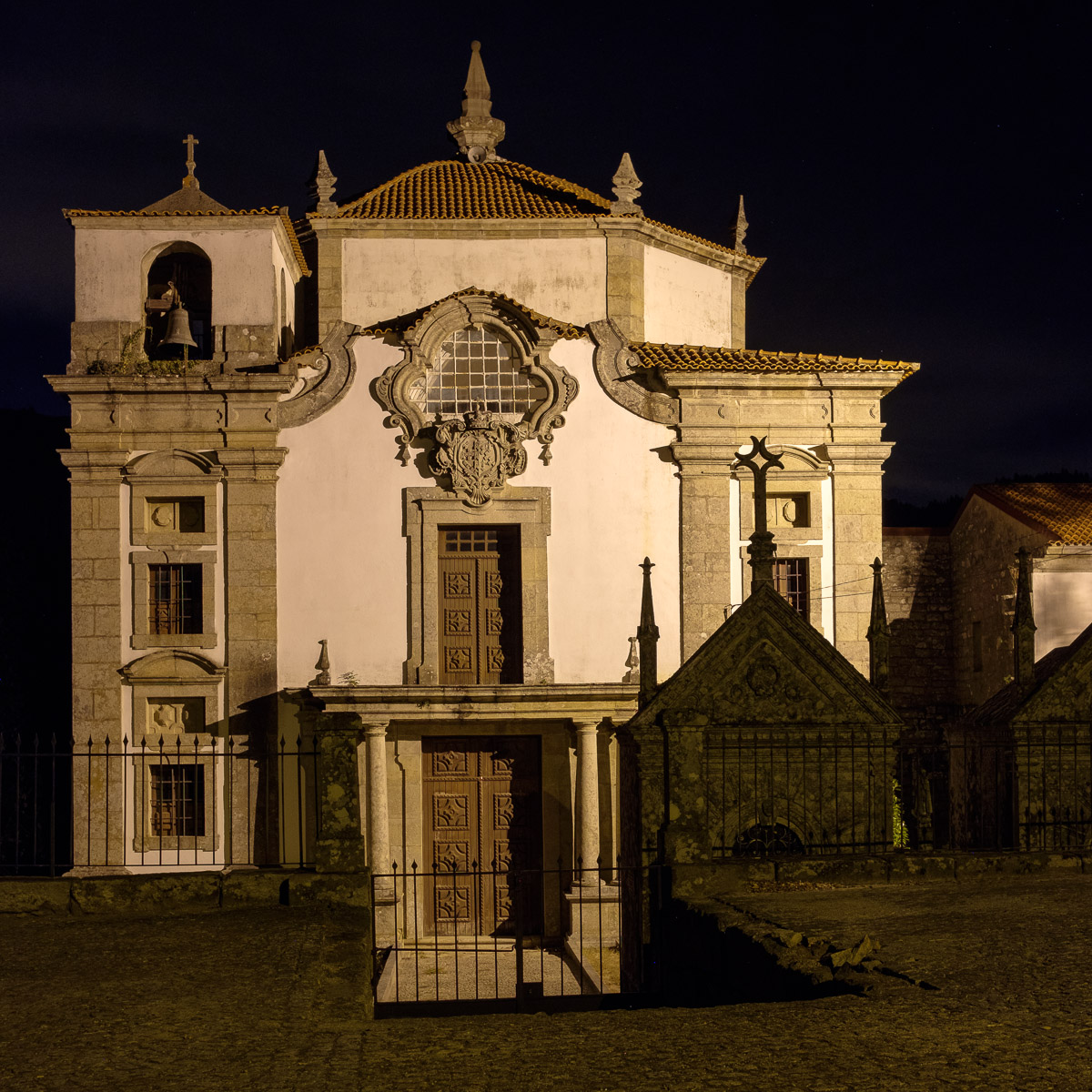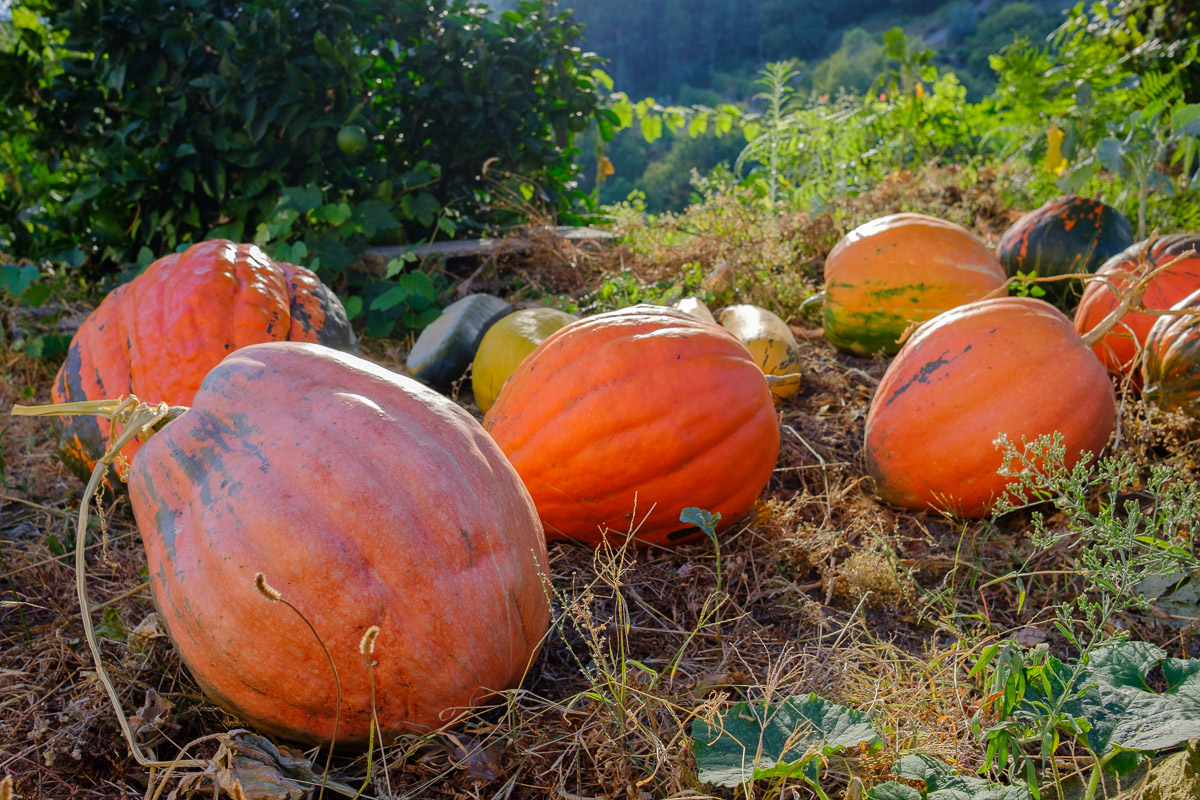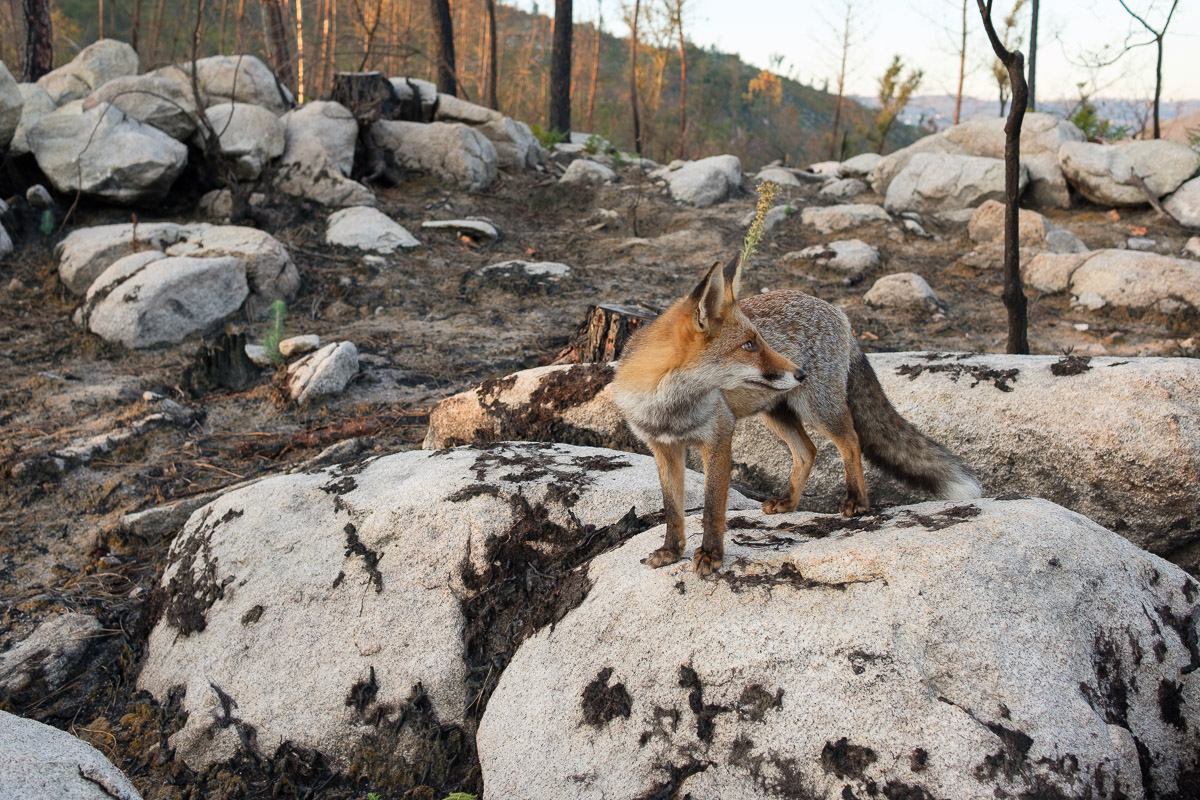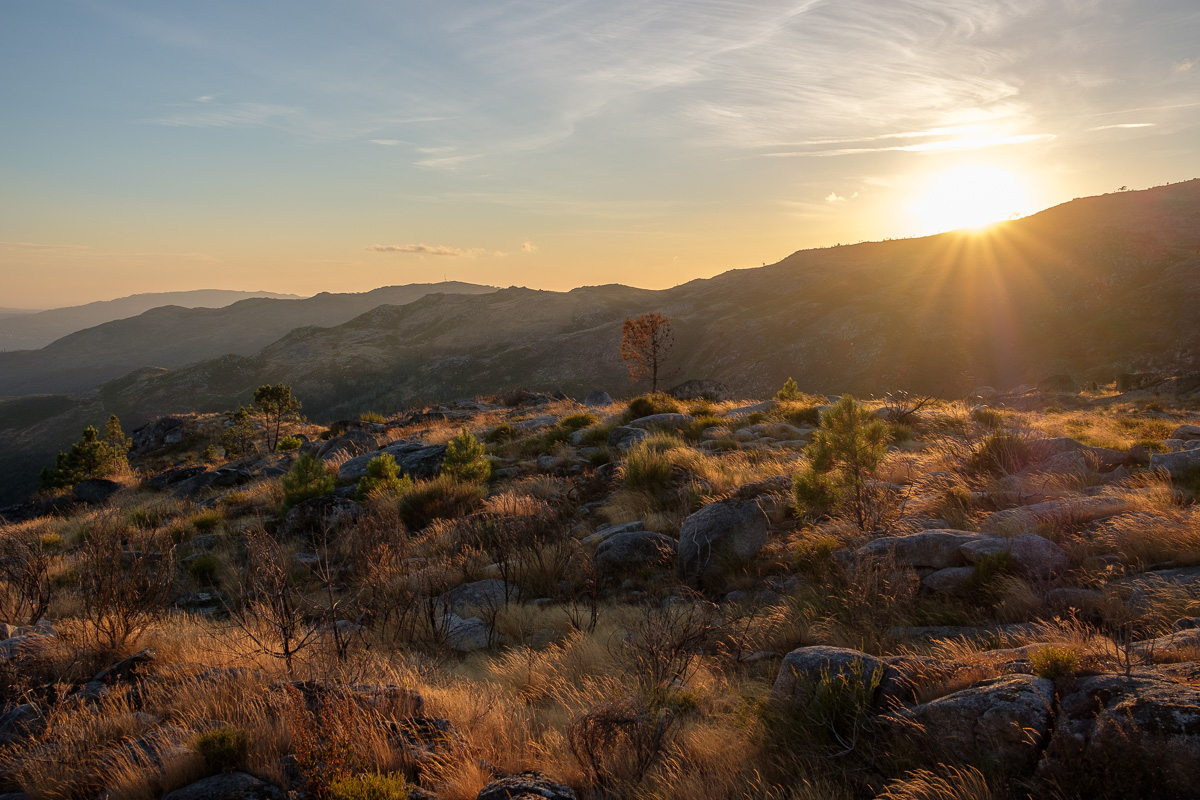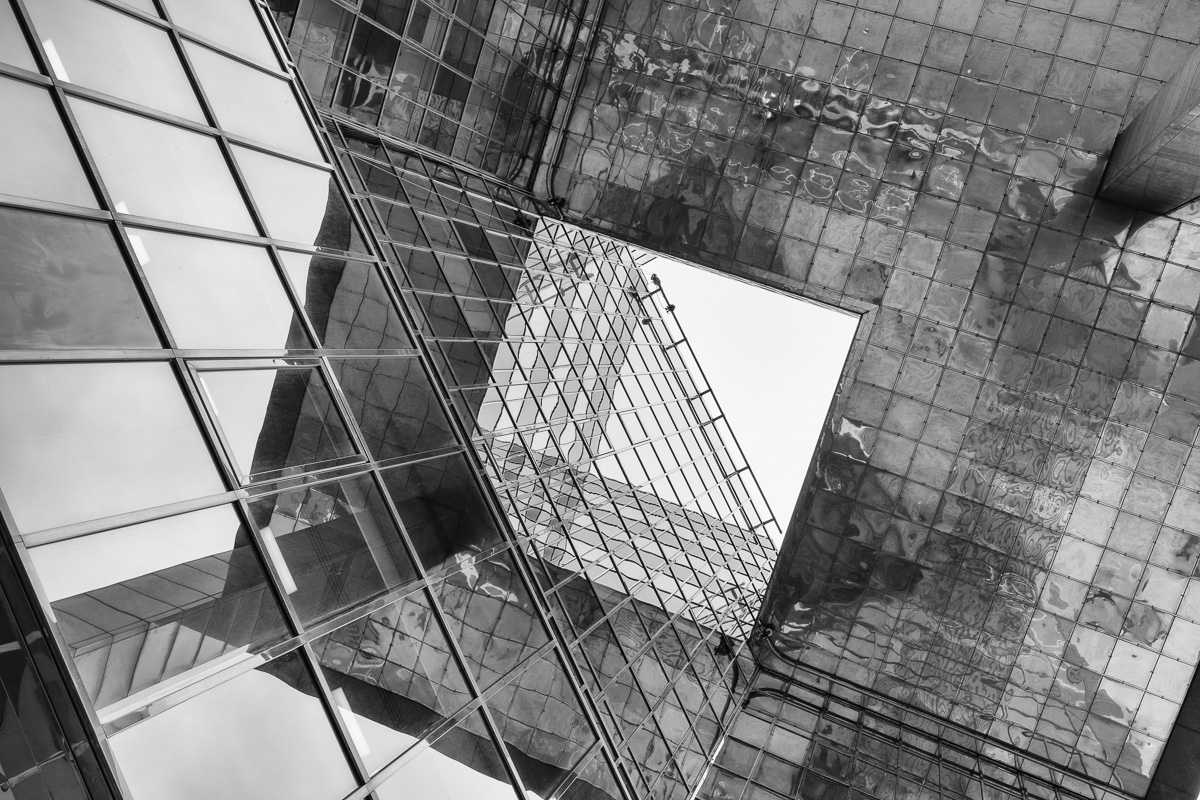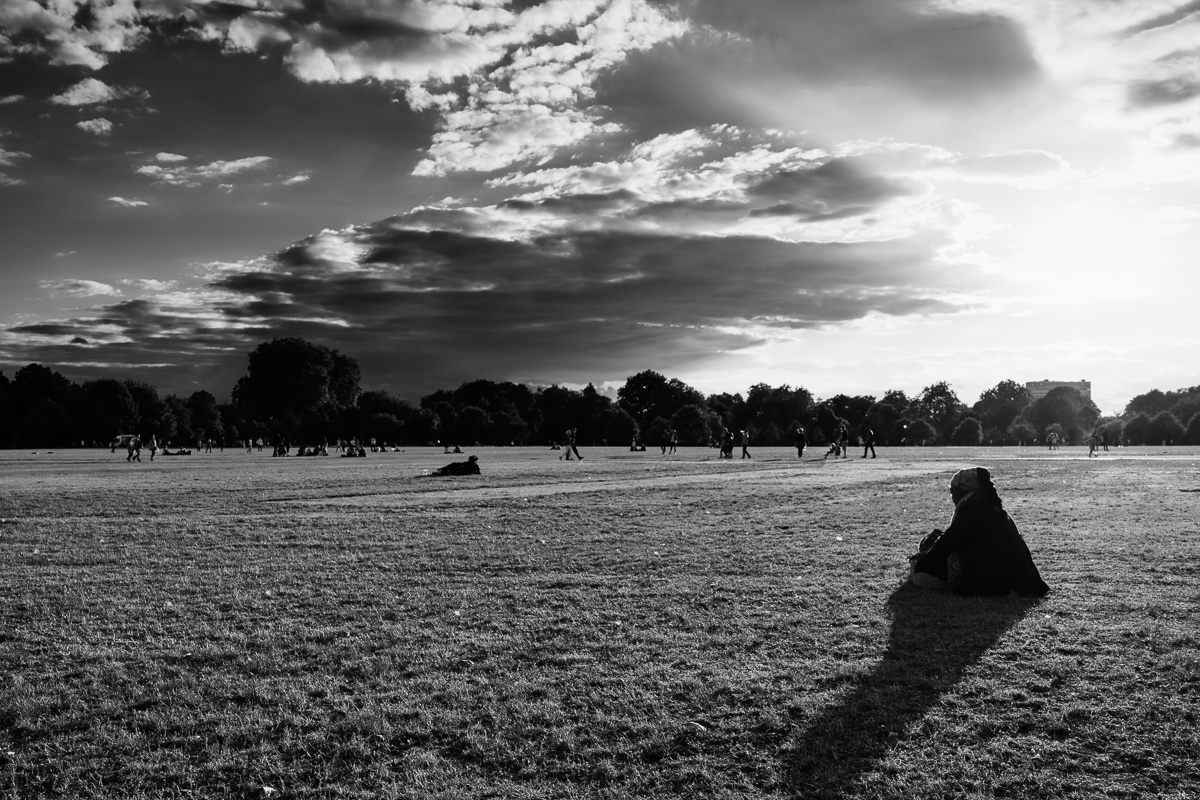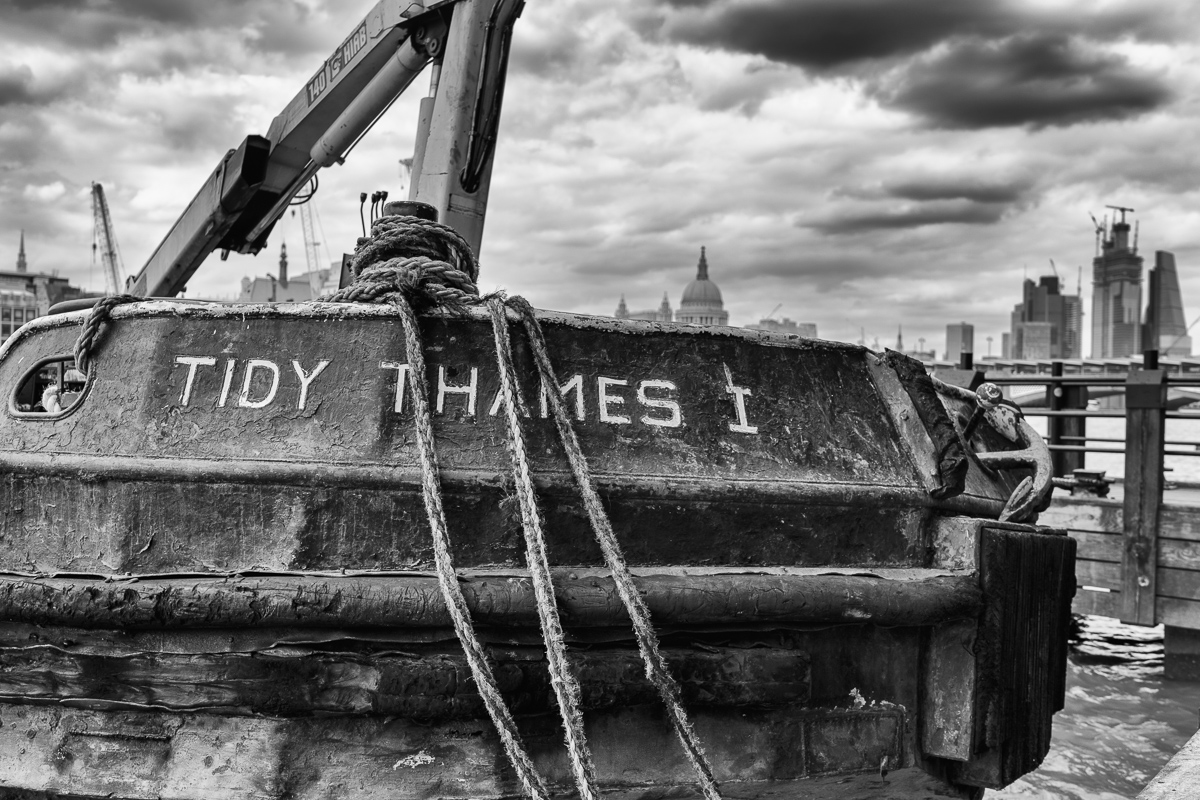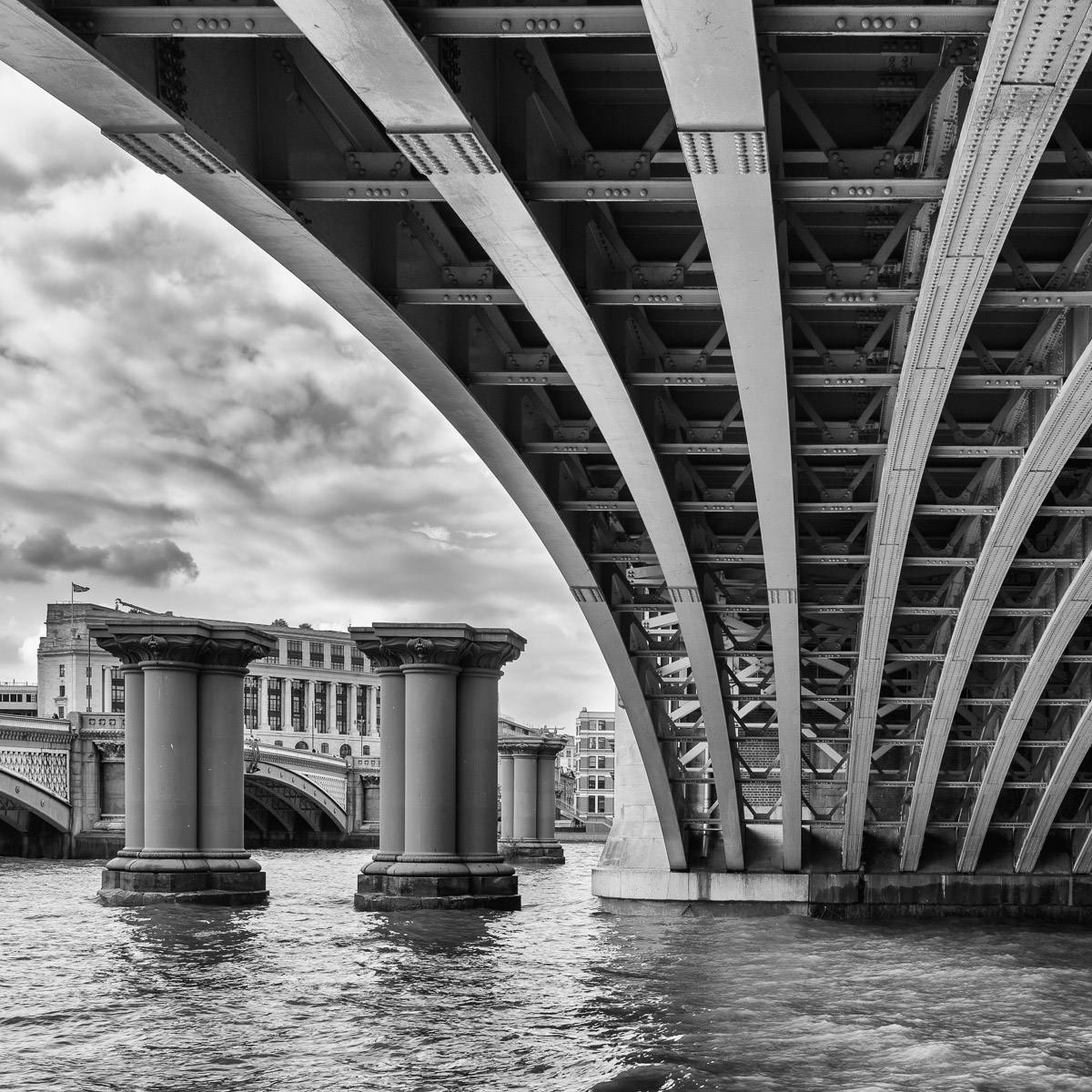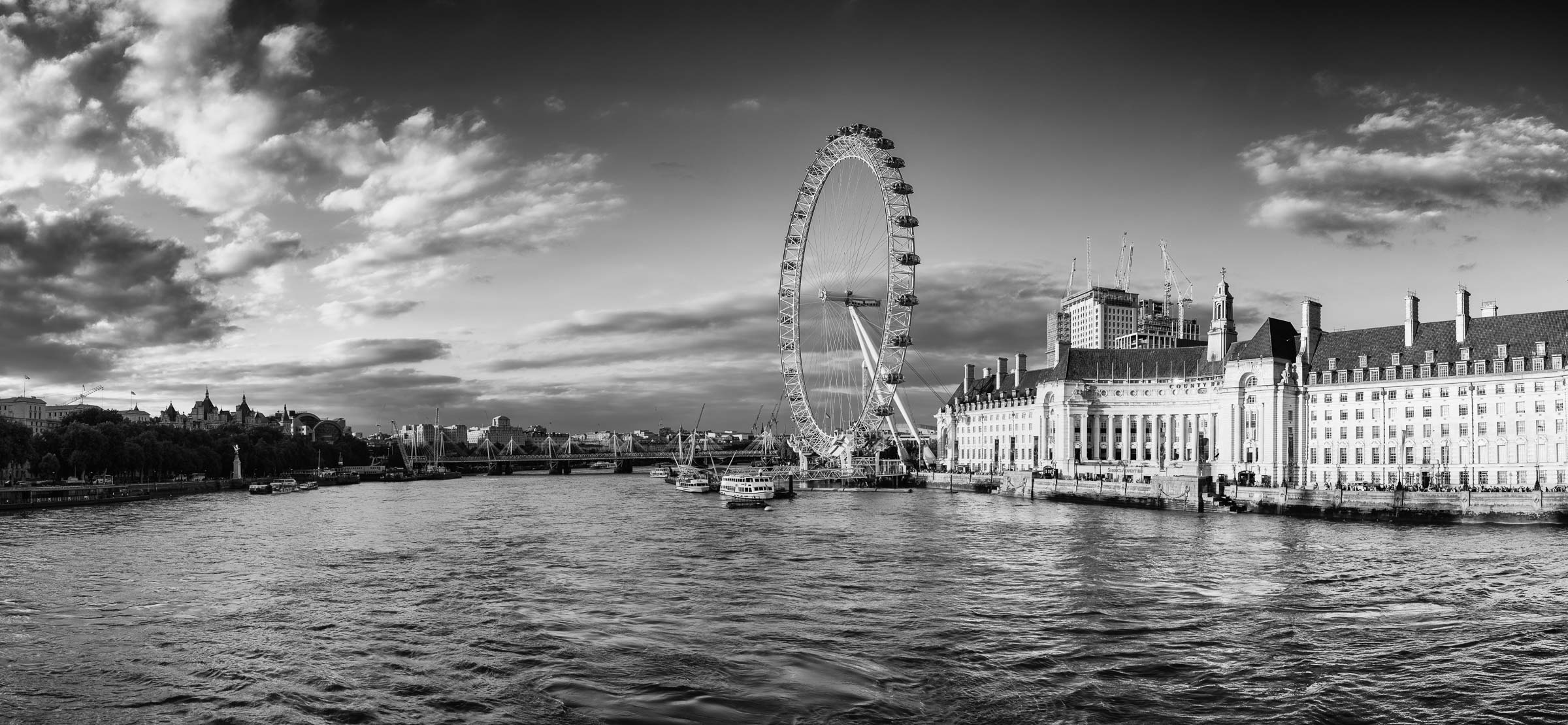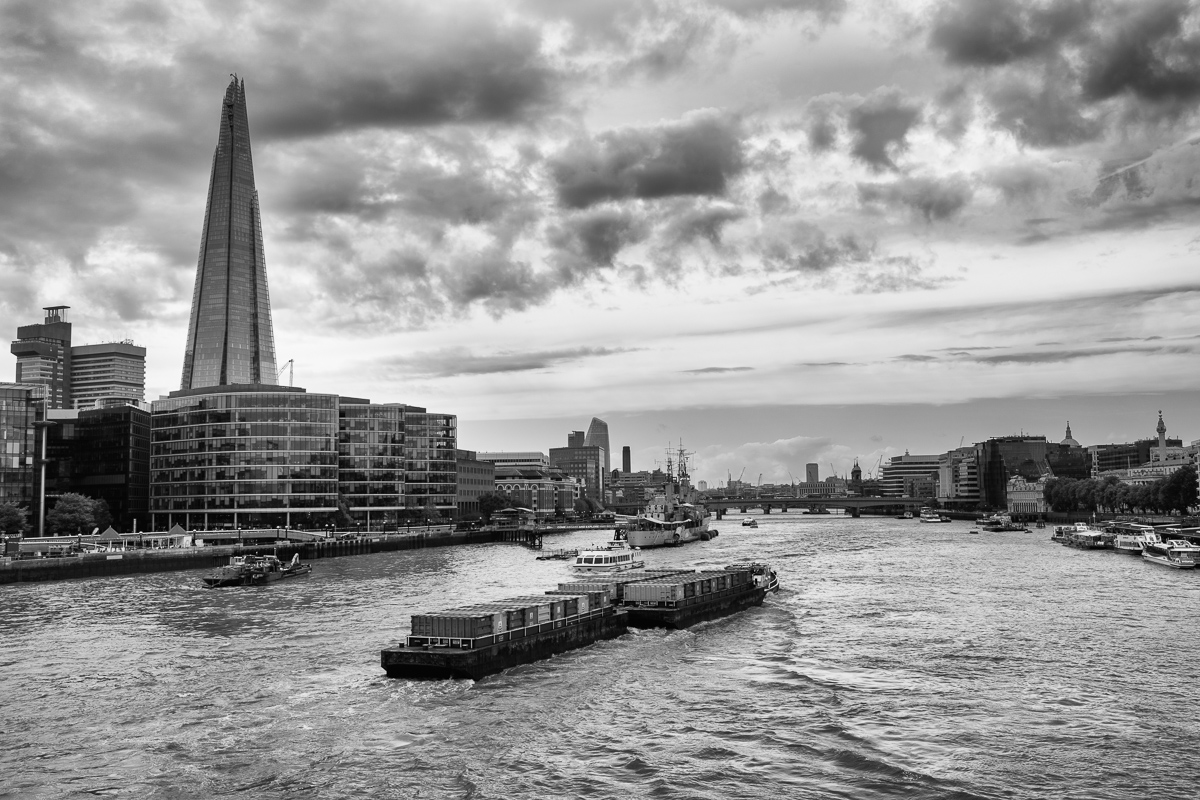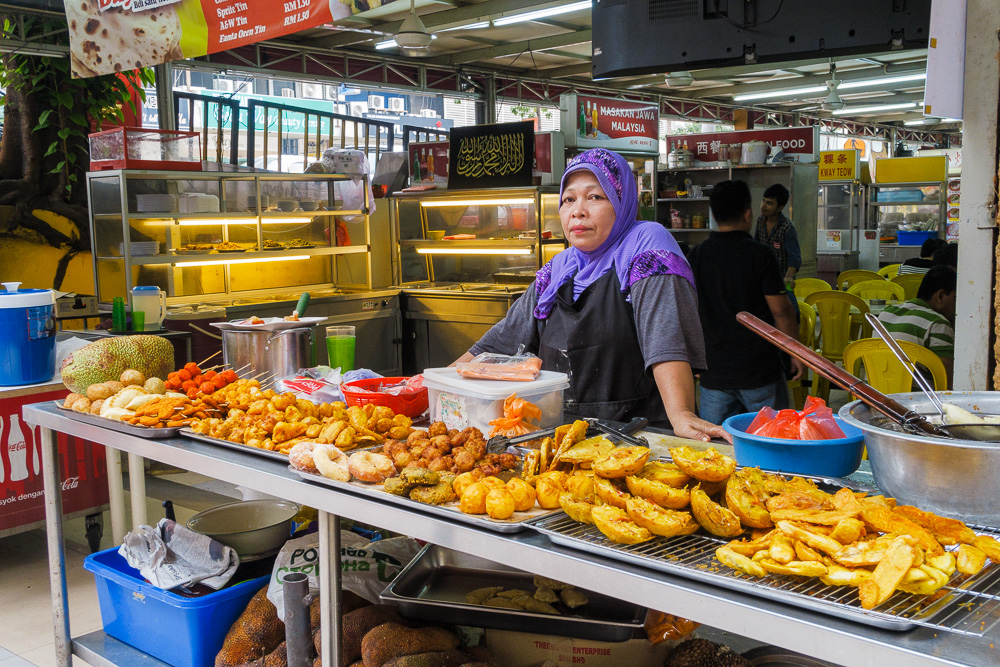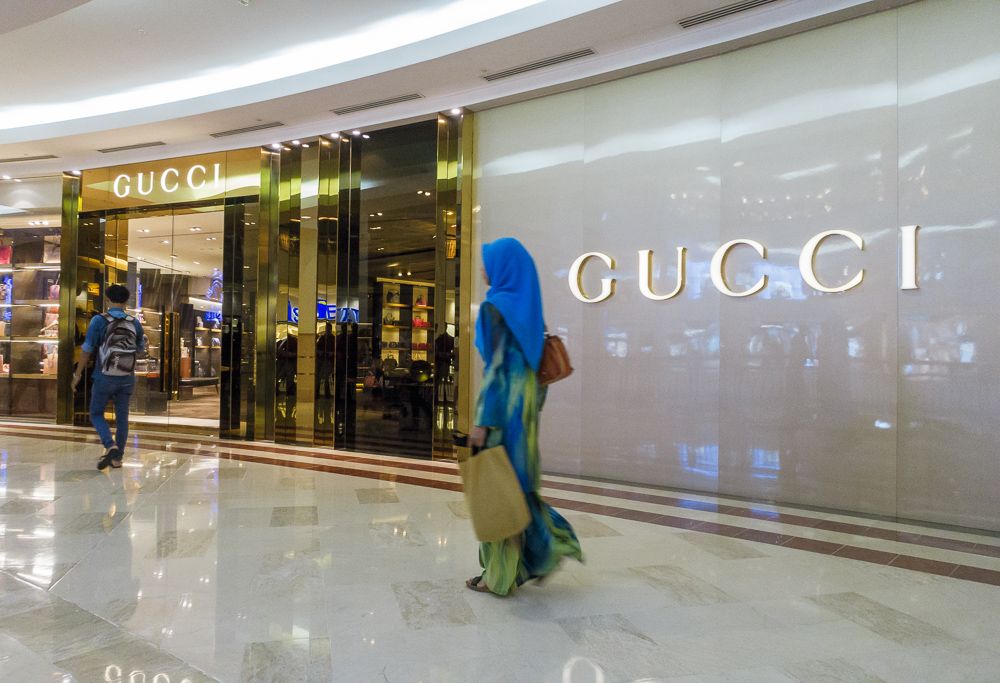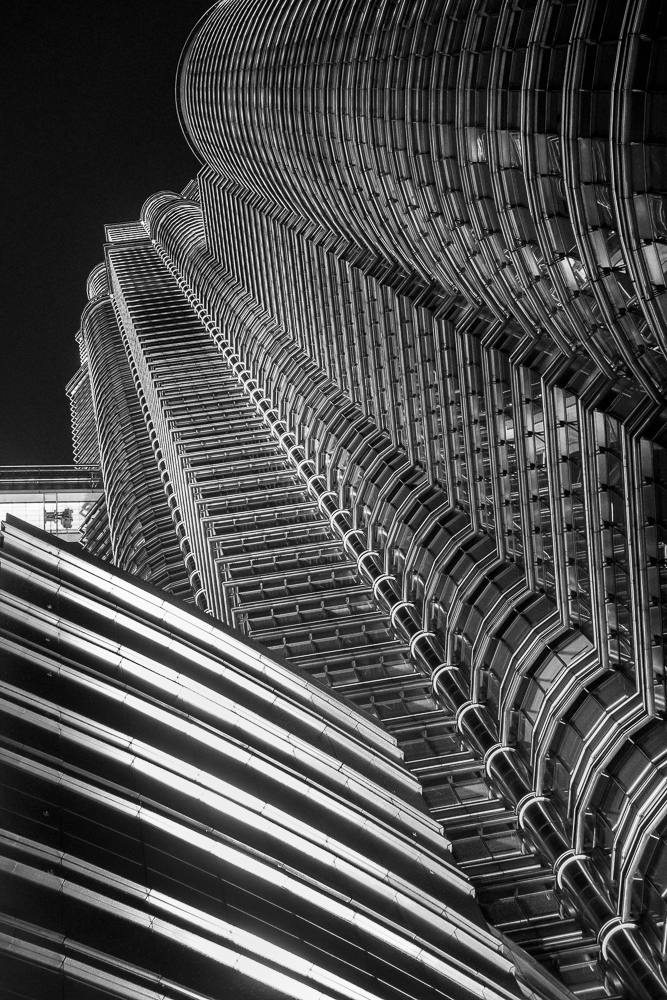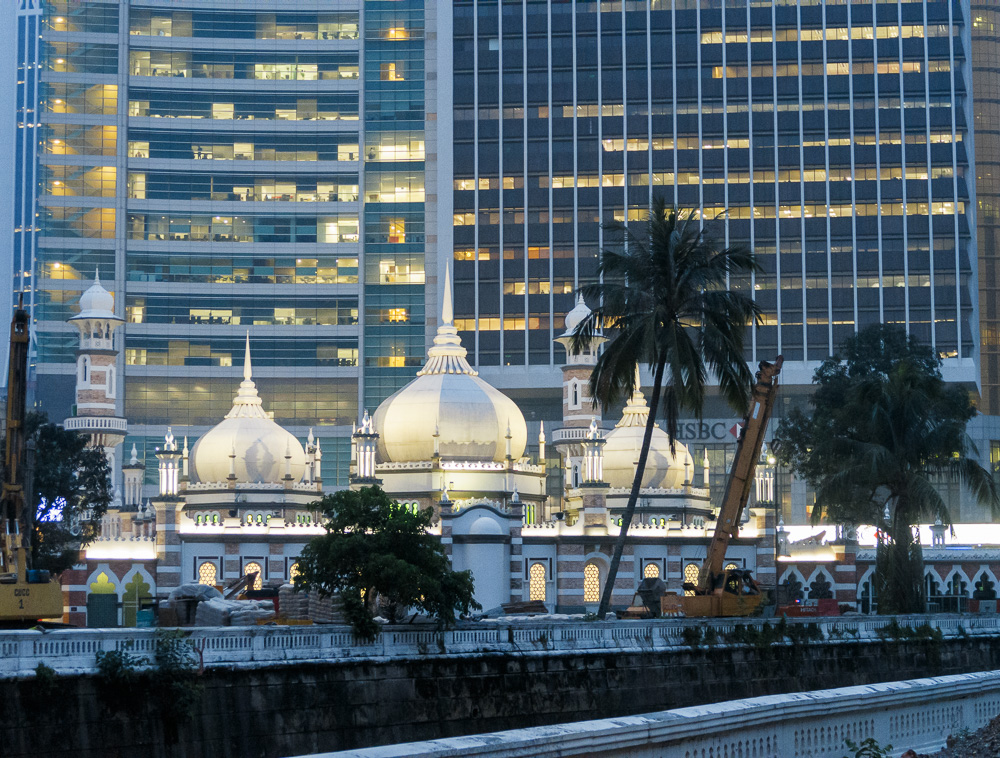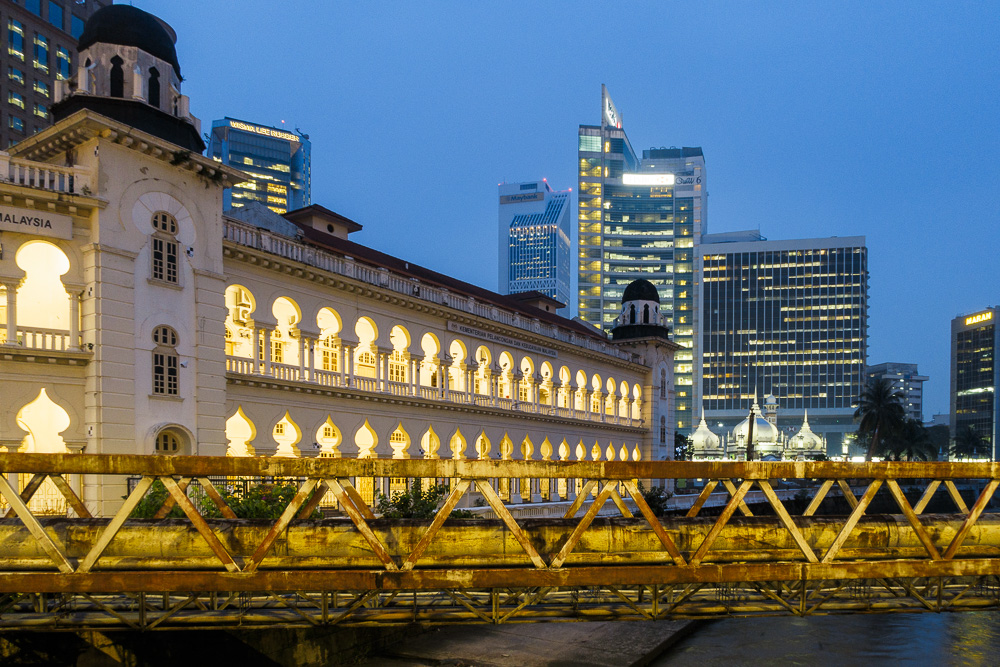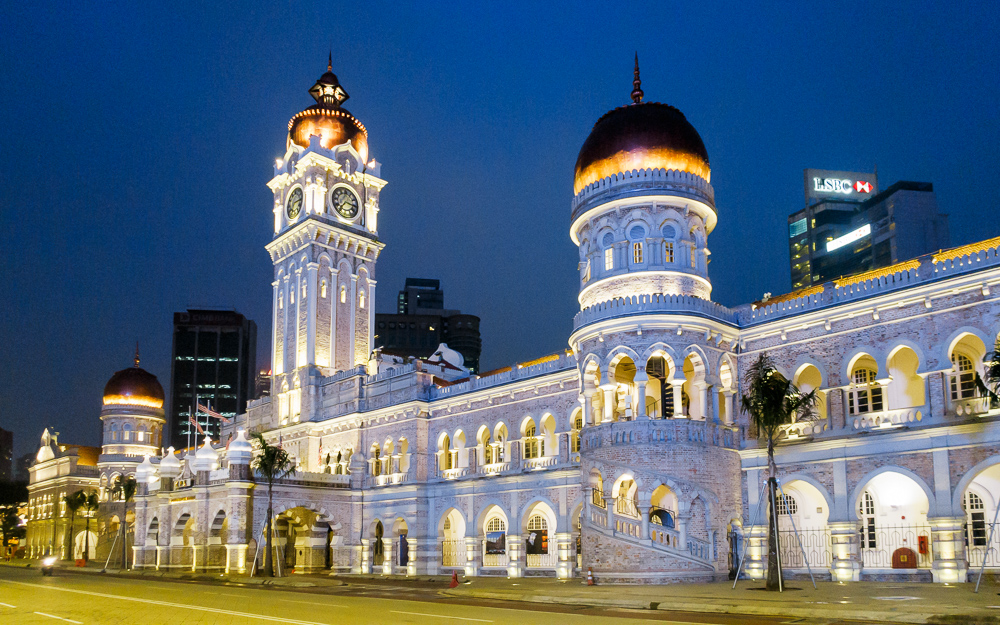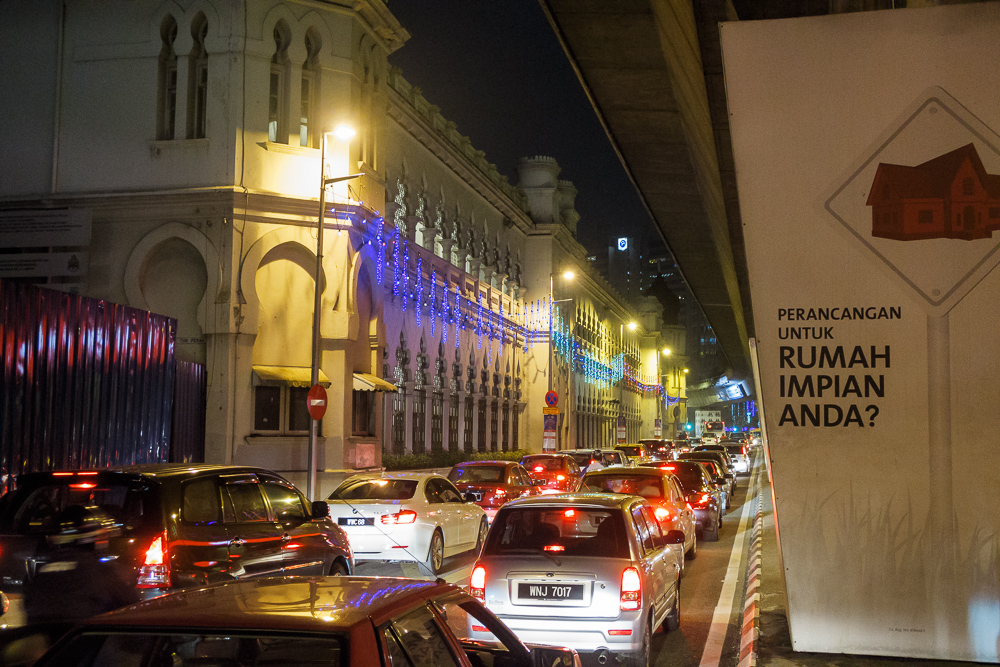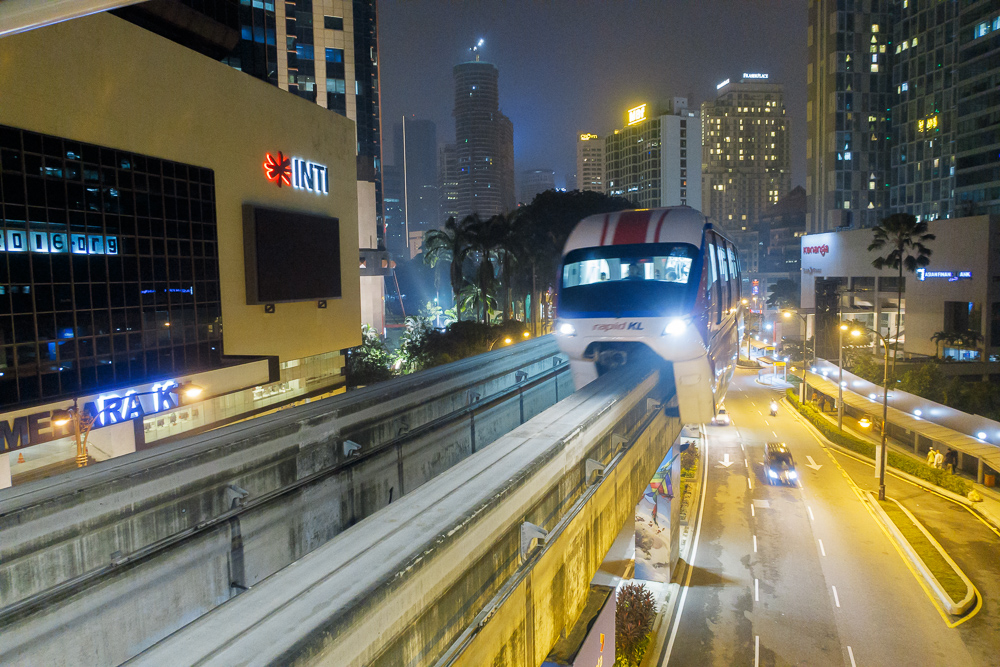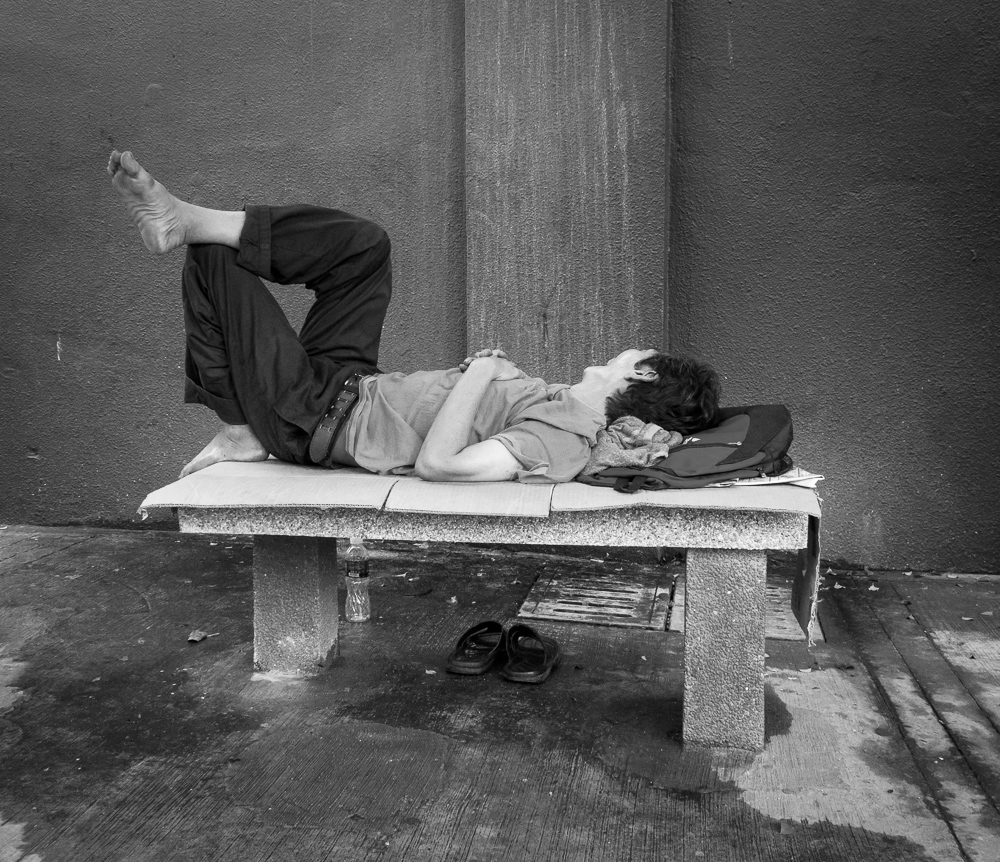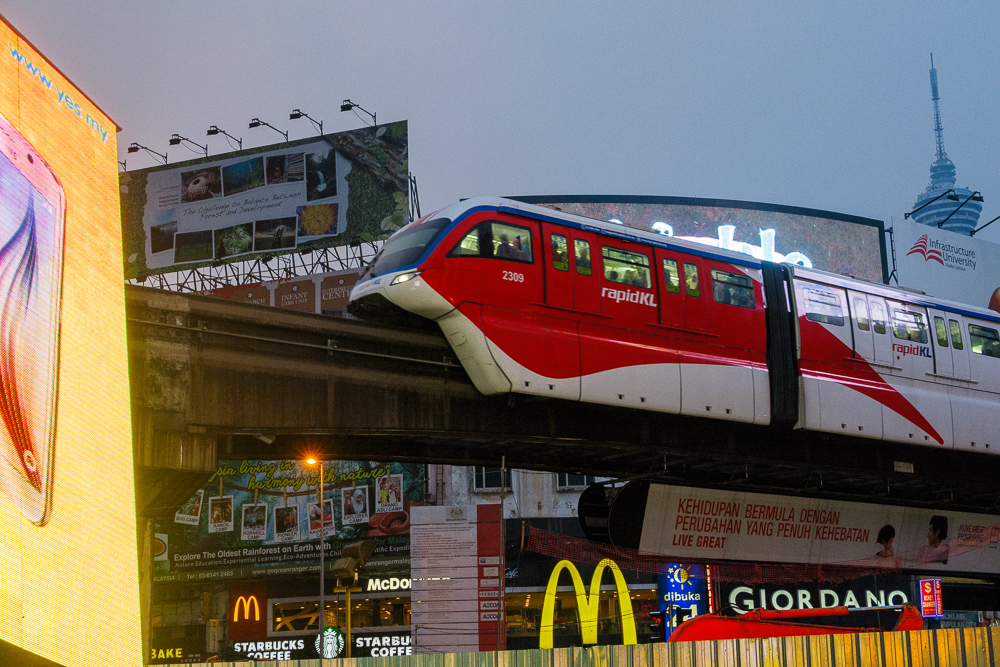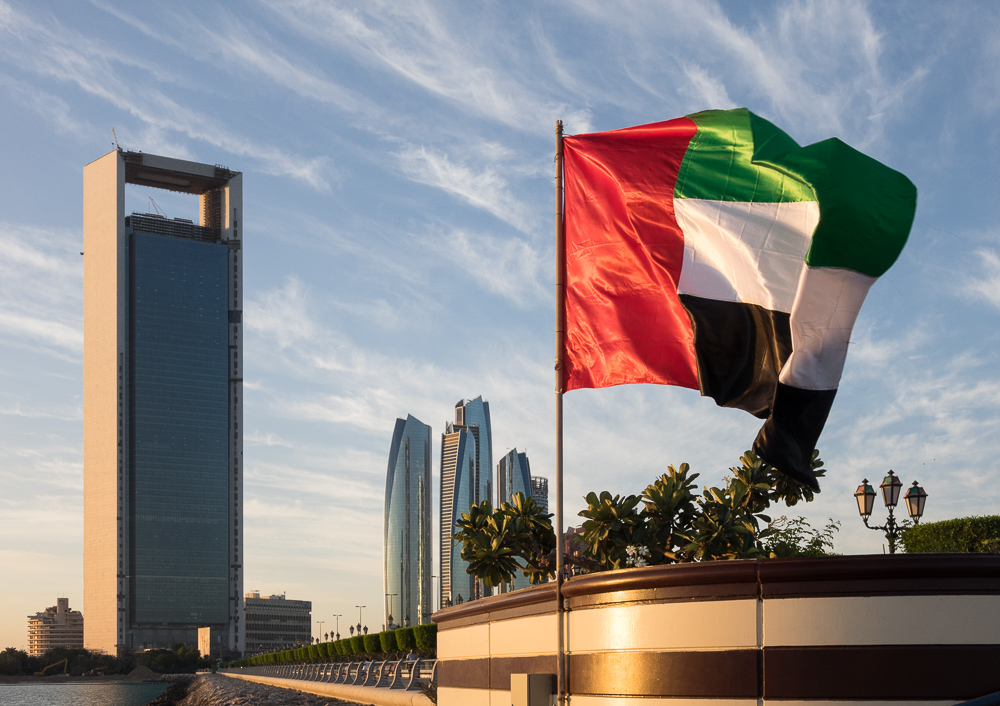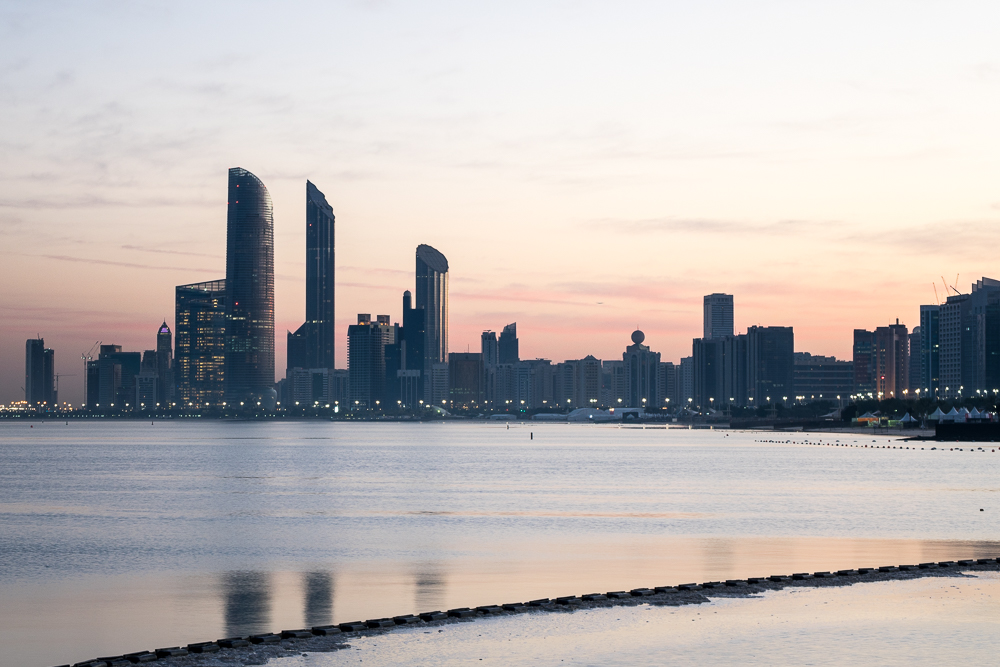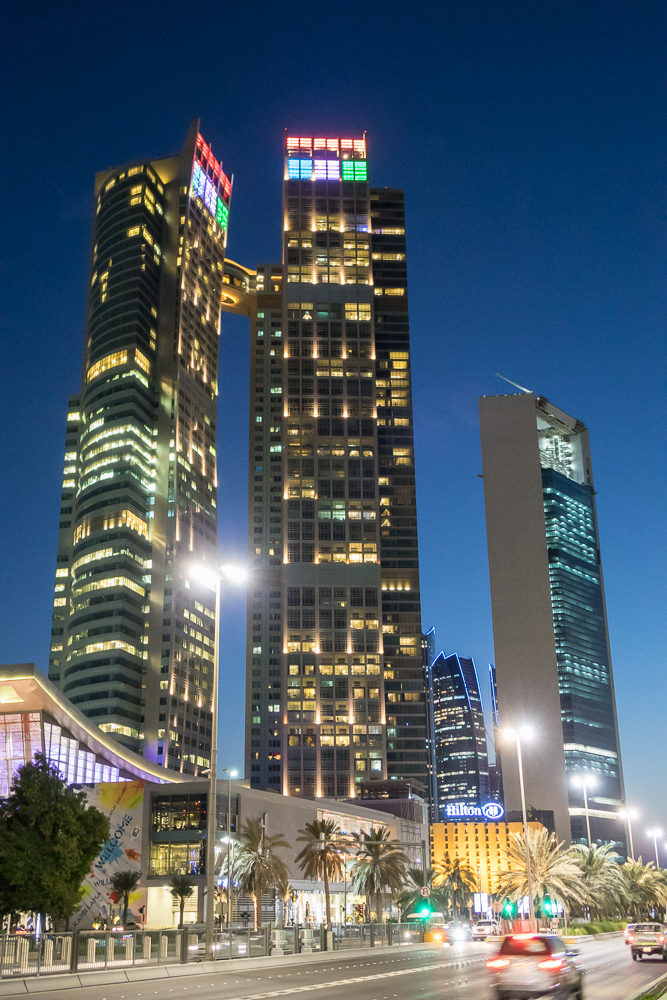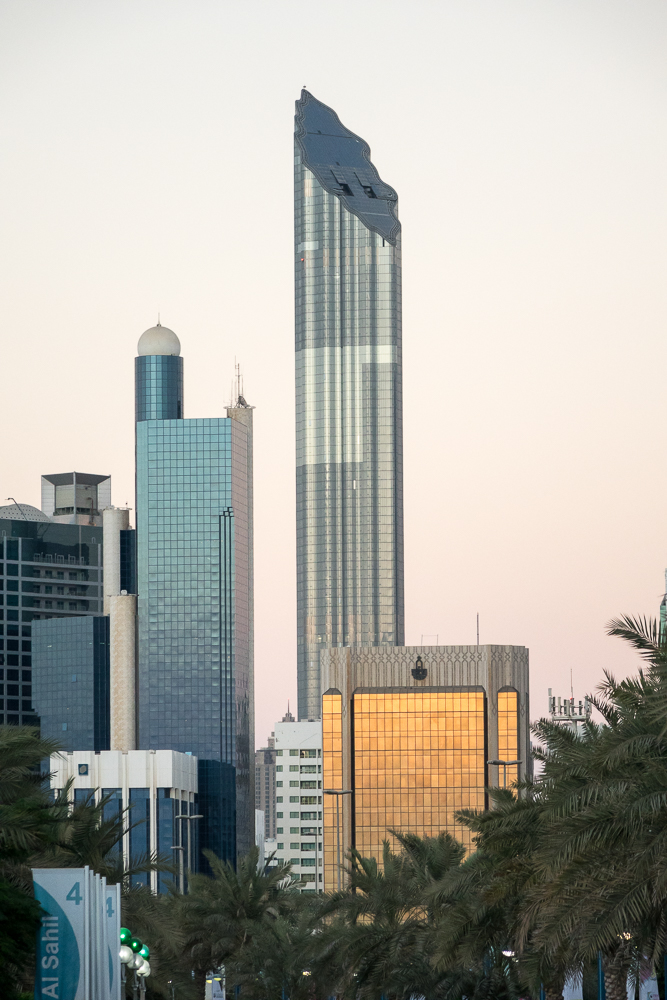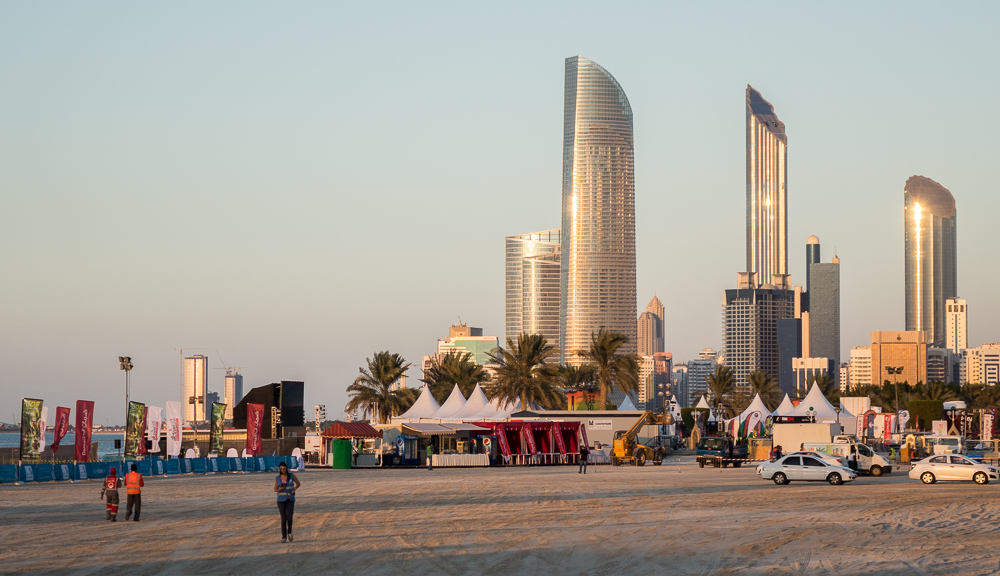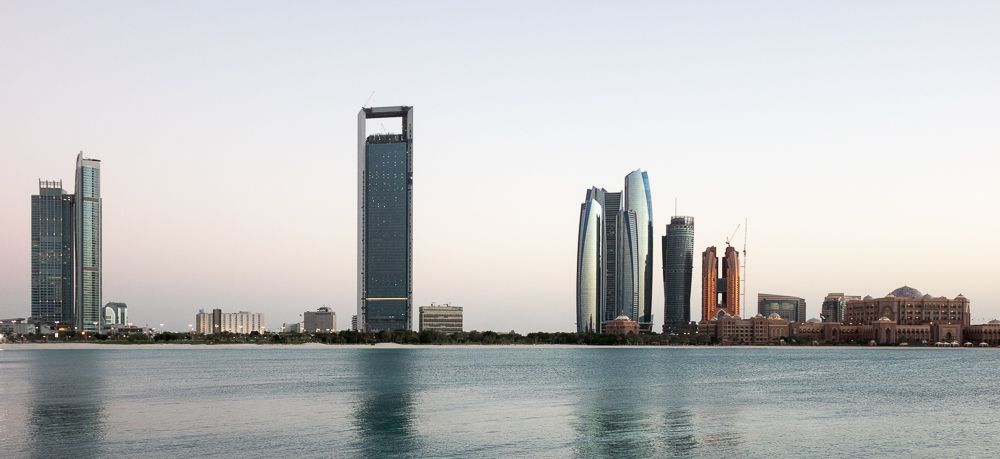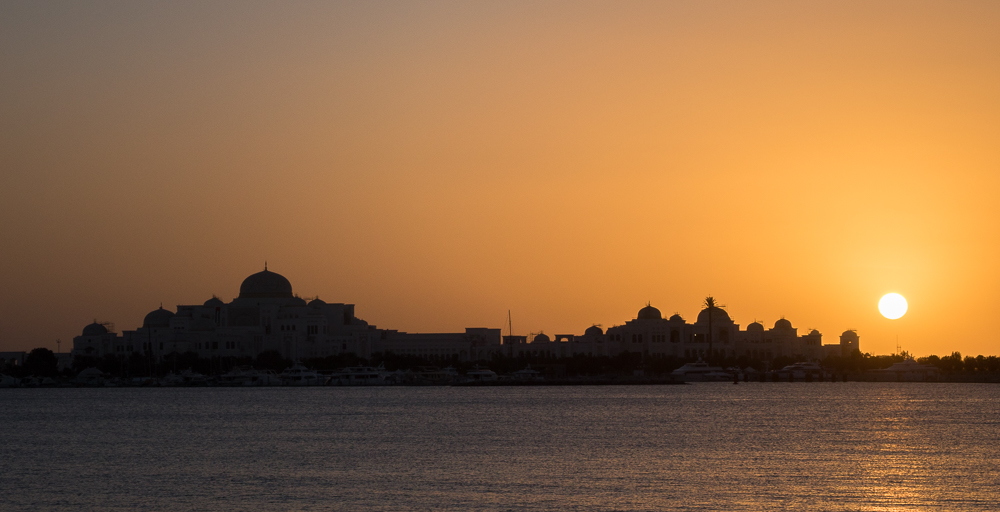During the summer months in Portugal, a good alternative to avoid the crowded beaches on the coast is to head out to the interior. In recent years, the popularity of fluvial beaches in the interior of the country has increased, as they offer a nice experience to those that look for the quietness of a rural setting. Far from the busy coastal beaches, it is possible to combine a visit to a historical village with a cool swim to mitigate against the summer heat.
One of such places is the village of Constância, that I have visited recently with my family, simply to spend a nice and quiet day surrounded by nature. This village is in the Central area of Portugal, and sits atop a small peninsula, nested between the rivers Zêzere and Tejo. Constância is rich in historical and cultural heritage – the first Iberian inhabitants have settled here, followed by Romans, Visigoths and Arabs. One of the greatest Portuguese poets, Luís de Camões, author of the Lusiadas, has lived here between 1547 and 1550. In more recent times, the metal bridge over the Zêzere was designed by Gustav Eiffel, of Parisian fame.
The fluvial beach is a nice spot to spend the day, swimming in the clear and fresh waters of the river or resting in its forested green margins. Before leaving, we decided to stroll around the village in the late afternoon. The village has many points of interest, from its pelourinho to several medieval churches and chapels. Consequently, there are many interesting details to notice and photograph, wandering around the narrow streets. It is well worth it to walk up the village until the top of the hill, from where a broad view of the Tejo river opens to the east.
For this day trip I only carried the small Fujifilm X100F camera, the perfect tool for such occasions. It was entirely suitable to take a few obligatory family snaps, plus the required documentary shots. I also quite like the Acros B&W film simulation, which I have applied during RAW conversion. I think it suited the historical feel of the place nicely.
